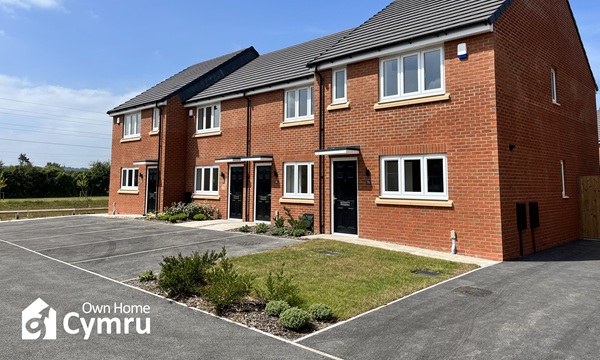
GUEST COLUMN:
Leigh Hughes
Managing Director
Felicitas Consultancy
The construction industry in Wales is facing one of its most challenging periods in recent memory. With over 35 years of experience in the sector, I’ve seen highs and lows, but right now, it feels as fragmented as ever.
The sector, which is critical to the delivery of everything from homes to schools to infrastructure, is grappling with complex challenges that span public, private, and renewable sectors. At the heart of these challenges are issues of collaboration, capacity, and the growing pressure to deliver more with less.
In Wales, we see a sector that is pulled in multiple directions. The private housebuilding market operates on an entirely different model, driven by land acquisition, value, and economic returns on sales. Then, we have the public sector, particularly Registered Social Landlords (RSLs), which are tasked with delivering affordable housing to meet political commitments around poverty and population growth. These sectors have different objectives and approaches, which often makes collaboration difficult.
Public sector projects are predominantly delivered through frameworks which, while positive in their intent, seem to have lost their way in implementation. These frameworks, originally designed to ensure consistency and value for public sector investment, often fall short of delivering the best outcomes. Meanwhile, private sector development – particularly outside Cardiff – struggles with the challenge of making projects viable due to lower land values and affordability issues.
But there’s another burgeoning sector in Wales that holds significant promise: the renewable energy sector, specifically Celtic Floating Offshore Wind. This emerging market has the potential to bring major investments and job opportunities, but the question remains – do we, as an industry, have the competency, capability, and capacity to meet its demands?
Despite its importance to every aspect of development, from housing to infrastructure, the construction industry in Wales feels undervalued. It’s become accepted that profit margins are squeezed to the point where reinvestment in skills, equipment, and innovation is almost impossible. Without the ability to make a reasonable profit, the industry is not only at risk of stagnating but also of being unable to meet the demands of future projects, especially as new sectors like offshore wind come online.
What many seem to overlook is that everything we build – whether it’s a house, a school, or a renewable energy site – needs skilled builders and construction workers. Yet the industry is often treated as an afterthought in broader economic discussions. To thrive, the construction sector must be given the respect and value it deserves, along with the opportunity to reinvest in itself.
One of the most pressing questions we need to ask is whether our current public sector frameworks are delivering the best value for the public purse. We’ve been through multiple iterations of these frameworks over the past decade, and it’s worth taking a step back to evaluate what’s been learned and whether these structures are still fit for purpose.
For instance, we’ve been building schools and hospitals for the last ten years, yet every project often feels like a new design competition. Why isn’t there more standardisation? Where is the focus on delivering function over form? Too often, we get caught up in debates about aesthetics and design, when what we should be focusing on is creating simpler, more cost-effective solutions that meet the needs of the public.
At the same time, there’s a real desire among government, local authorities, and industry to work together more collaboratively. The intent to maximise the value of the public purse is there, but the frameworks we currently use may not be delivering the outcomes we need. Efficiency, cost-effectiveness, and long-term value should be at the heart of these frameworks.
One of the biggest, yet often unspoken, challenges in the construction industry is risk ownership. Construction projects, by their very nature, are subject to change – whether it's working with existing buildings, dealing with unforeseen issues, or adapting to new requirements mid-project. These changes introduce risk, and the question of who owns that risk can lead to significant disputes.
As an industry, we need to have honest conversations about risk management and how it is handled across different sectors. Too often, we see a disconnect between the policymakers, who set the framework, and the officers who have to administer and manage these projects on the ground. The lines of accountability and risk ownership can become blurred, leading to confusion and, ultimately, inefficiencies in delivering projects.
When a project goes wrong – whether due to unforeseen conditions, design changes, or other factors – the question of professional indemnity and insurance comes into play. But relying solely on these mechanisms to manage risk is not sustainable. We need to create a more transparent, collaborative approach to risk, where all parties involved in a project are aligned in their goals and responsibilities from the outset.
As I reflect on the state of the Welsh construction industry, it’s clear that while we face numerous challenges, we also have significant opportunities ahead of us. The construction sector is not just about delivering buildings and infrastructure; it’s about creating value for society, driving economic growth, and supporting new and emerging industries, such as renewable energy.
To succeed, we need to simplify processes, standardise where appropriate, and ensure that collaboration is at the heart of everything we do. We must also be willing to have honest discussions about the effectiveness of frameworks and whether they are truly delivering the best outcomes for the public.










